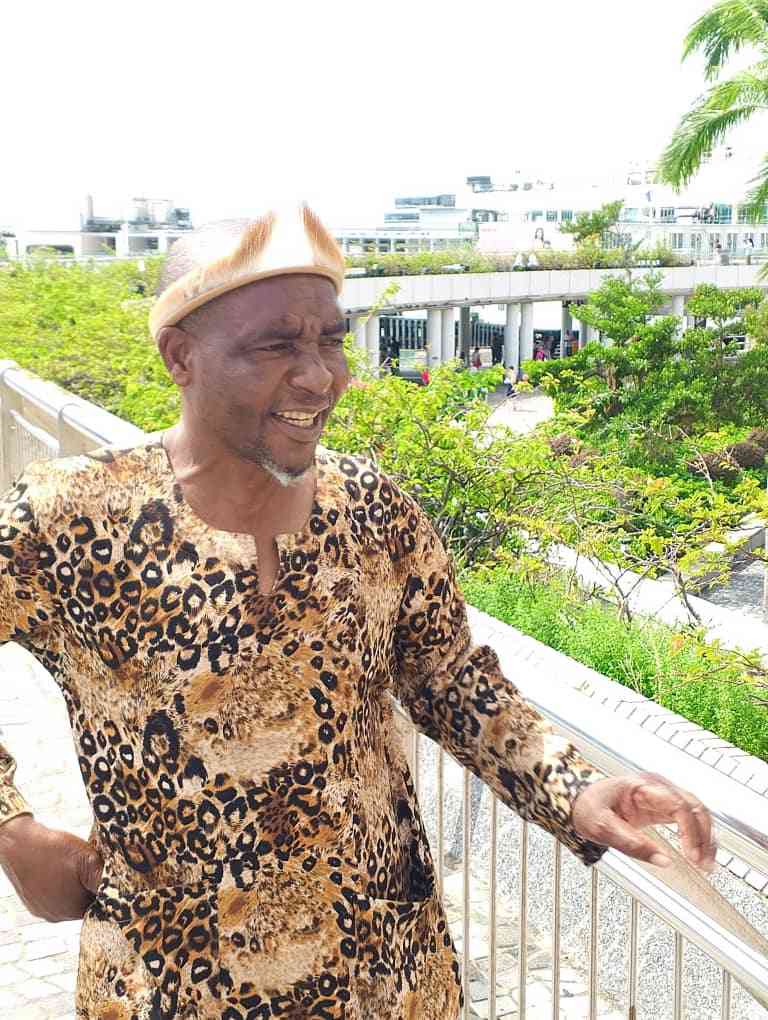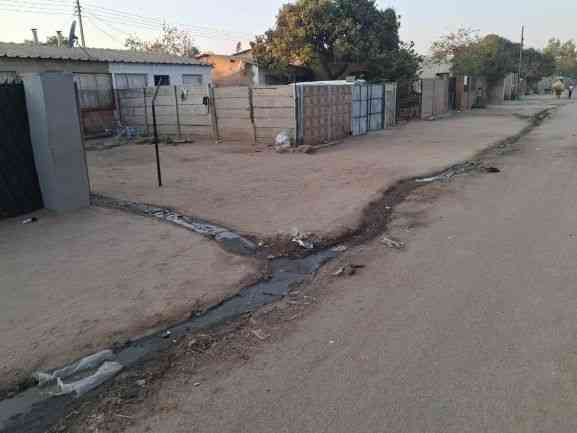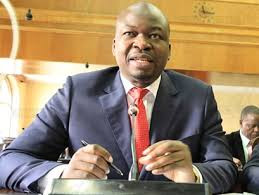
Kadoma City is set to establish another beacon of national pride through the construction of a multi-purpose, modern cultural village.
Speaking to Standard Style, Kadoma City Council director of housing and community services, Aaron Masembura, said the facility will play a key role in preserving the culture and traditions that define the city’s long-standing heritage.
He said the cultural village would provide the creative industry with a decent and well-equipped space to work and exhibit their arts and crafts.
“The objective is to preserve and promote our cultural heritage,” said Masembura. “Kadoma City has a diverse community with rich cultural backgrounds and practices that need to be captured, documented, and preserved for future reference. We are hoping that this facility will give artists a formal platform to showcase their creativity through arts and crafts.”
Once completed, the multi-purpose facility will accommodate artists from in and around Kadoma. It will include administrative workspaces, rehearsal rooms, workshops and conference rooms, ample parking, and exhibition galleries. The centre will also provide opportunities for interaction between local and international artists.
“A conclusive budget is yet to be finalized, but we are looking at an investment of approximately US$200,000,” Masembura said. “The cost will cover design, setup, construction of a basic but modern arts and culture facility, furnishing, and basic tooling.
“In our planning, we envision a facility that will offer a dedicated platform for showcasing artistry, displaying cultural wares, serving as a learning and preservation centre, and even including a gastronomy section. The facility will also house our history to capture the journey Kadoma has travelled since its establishment in 1905. We are surely going to be a trade centre for cultural wares,” he added.
Masembura lamented the lack of such a facility in the past, noting that it has contributed to cultural erosion and a distorted sense of identity among Kadoma residents.
- Culture revival in Covid-19 era
- Culture revival in Covid-19 era
- Kadoma council employees down tools
- Council workers, officials clash
Keep Reading
“The absence of a cultural centre has led to our arts and culture losing relevance in the eyes of local people,” he said. “It is unfortunate that Kadoma’s history has not been documented. We cannot continue allowing our city’s identity and heritage, including its cuisines, to be ignored.”
To implement the project, the council is open to public-private partnerships. Masembura said this approach would help distribute the financial burden and speed up implementation.
“Given the nature of the project, we are looking at developing a serious, quality facility of international repute. To achieve this, we are also considering partnerships with stakeholders who have the capacity to drive the project forward. There is nothing that beats working together in the interest of national development,” he said.
In a separate interview, Fisani Nkomo, a self-taught artist and independent curator based in Bulawayo, expressed excitement over the planned development.
“I am thrilled to hear about Kadoma’s plans to establish a cultural village. This initiative is a noble step towards preserving and promoting our cultural heritage as a nation,” Nkomo said. “It’s essential for cities beyond Harare to have such facilities, as it promotes decentralization and diversity.”
Nkomo urged the council to conduct further research and extensive consultations to ensure the project’s success.
“Further research and consultation are necessary to determine the feasibility of the project, particularly regarding the budget. Considering the scope of the outlined objectives, the initiative may require more expertise and stronger financial backing,” he noted.
He also emphasised that community involvement should be at the heart of the project, highlighting the importance of accessibility.
“It would be ideal if the facility were situated in a location that is easily accessible to the local community, as well as regional tourists and international artists. This will help foster knowledge exchange and collaboration,” Nkomo said.
“If properly planned and executed, this cultural village could become a significant hub for artistic expression and cultural preservation in Kadoma and Zimbabwe. I look forward to seeing the project’s progress and the potential opportunities for collaboration.”











